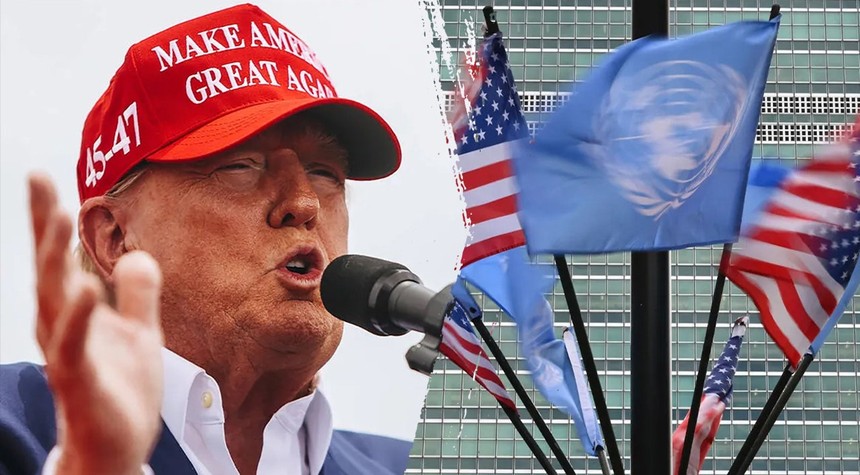The United States has submitted a draft resolution to the United Nations Security Council calling for a two-year international stabilization force in Gaza, marking a significant diplomatic push by the Trump administration to implement its Middle East peace framework.
Ambassador Mike Waltz presented the proposal to partner nations on Wednesday, outlining what administration officials characterize as the second phase of President Trump’s broader Gaza peace plan. The draft resolution would authorize an international force under UN oversight with the mandate to use all necessary measures to secure the territory, protect civilians, and begin the systematic demilitarization of armed groups following the cessation of large-scale combat operations.
The diplomatic initiative comes as Washington seeks to assemble a coalition of Muslim-majority nations willing to contribute troops to the stabilization effort. The administration has held consultations with representatives from Egypt, Qatar, Saudi Arabia, Turkey, and the United Arab Emirates, all of whom are expected to play roles in coordinating humanitarian assistance and reconstruction activities.
Central to the proposal is the establishment of a transitional Board of Peace, which would coordinate operations among Egypt, Israel, and a carefully vetted Palestinian police force. However, significant obstacles remain. Israeli officials have already stated unequivocally that they will not permit Turkish military personnel near their borders, a position that could complicate coalition-building efforts.
The administration has made clear that American combat troops will not be deployed to Gaza. Instead, Washington is requesting contributions from Indonesia, Egypt, the United Arab Emirates, and Turkey, among other nations. This approach reflects both domestic political constraints and a strategic calculation that regional powers must take primary responsibility for Middle Eastern security arrangements.
John Spencer, who chairs urban warfare studies at the Modern War Institute, offered cautious support for the concept while emphasizing the critical importance of learning from previous international peacekeeping failures. The success of any such mission would depend heavily on clear rules of engagement, adequate force strength, and genuine commitment from contributing nations.
The diplomatic engagement has produced some noteworthy developments. The Palestinian Authority participated in recent discussions, marking a rare moment of coordination between the PA and American officials. The Trump administration’s plan envisions eventually transferring governance authority to a reformed Palestinian Authority, though this remains a point of contention with Israel, which opposes such a transfer.
The two-year timeline proposed for the international force suggests an ambitious schedule for stabilization and reconstruction. Whether such a timeframe proves realistic will depend on numerous factors, including the willingness of armed groups to disarm, the ability of international forces to maintain security, and the success of parallel efforts to rebuild Gaza’s devastated infrastructure.
The Security Council has yet to vote on the resolution, and its passage remains uncertain given the complex diplomatic dynamics surrounding the Israeli-Palestinian conflict. Russia and China both hold veto power and have historically taken positions sympathetic to Palestinian concerns.
What remains clear is that any lasting peace in Gaza will require not merely the cessation of hostilities, but a credible security presence capable of preventing their resumption while creating conditions for economic recovery and political reconstruction. Whether the international community possesses the will and resources to sustain such an effort over the necessary timeframe remains the fundamental question facing this latest peace initiative.
Related: Putin Orders Nuclear Test Preparations in Response to Trump Administration Announcement

